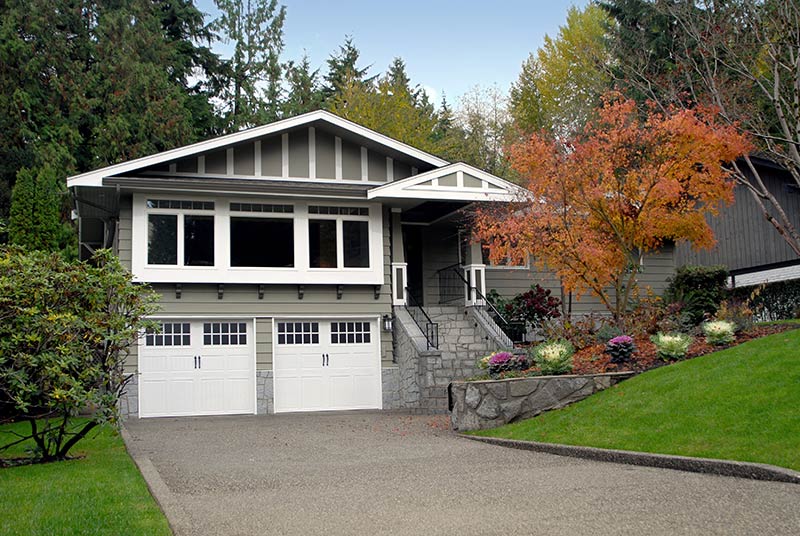
All trees are not created equal. A high-quality tree, when planted and maintained correctly will be a long-term asset to your landscape and will increase property values. On the other hand, a tree of poor quality will create a lifetime of issues and may require much more maintenance. There are some general guidelines for selecting a good tree including form, roots and injuries.
A high-quality tree will have a good form.
The definition of “good form” will differ by species but for instance, when looking at a young shade tree, keep in mind that all of the branches you see now, probably won’t be there when the tree reaches maturity. Lower branches are often shaded out or are pruned away as a tree grows larger. Young trees also often don’t have many naturally occurring branches. Branches develop as the tree ages. Many nurseries will prune young trees to promote crown growth which can lead to problems down the road that require significant corrective pruning.
A tree with good form will have evenly spaced branches. Branches growing at acute vertical angles can cause problems as they grow larger. You can remove broken branches at the time of planting but you’ll want to wait to begin corrective pruning.
Check for injuries to the tree.
Always check the tree’s trunk for wounds. Remove wrapping if necessary. Also check for improper pruning as it can lead to development of cankers, decay, cracking and more. Correct pruning removes branches just outside the collar.
Be aware of potential root problems.
There are several different ways that trees are classified based on their roots. Bare root trees have no surrounding soil (mostly for smaller trees). Balled and burlapped trees are field-grown and held together with burlap and wire or rope. Container trees have their roots and soil within a container.
With bare root trees, you’ll want to make sure that the roots are not crushed or torn. Also look for discoloration. With burlap-wrapped trees, the top of the root ball should be flat and the diameter of the root ball should be at least 10-12 times the diameter of the trunk. When considering container trees, make sure that they are not root bound. Roots should not twist and circle within the container.
Making an informed decision when purchasing a tree will make a big difference to the success of that tree within the landscape. Contact Full Circle Tree & Shrub for more info on purchasing a high-quality tree.
